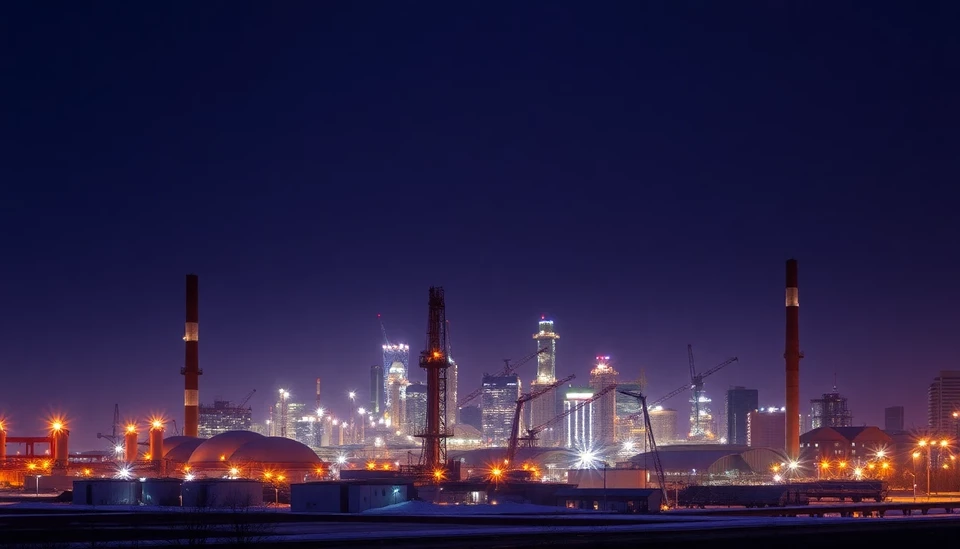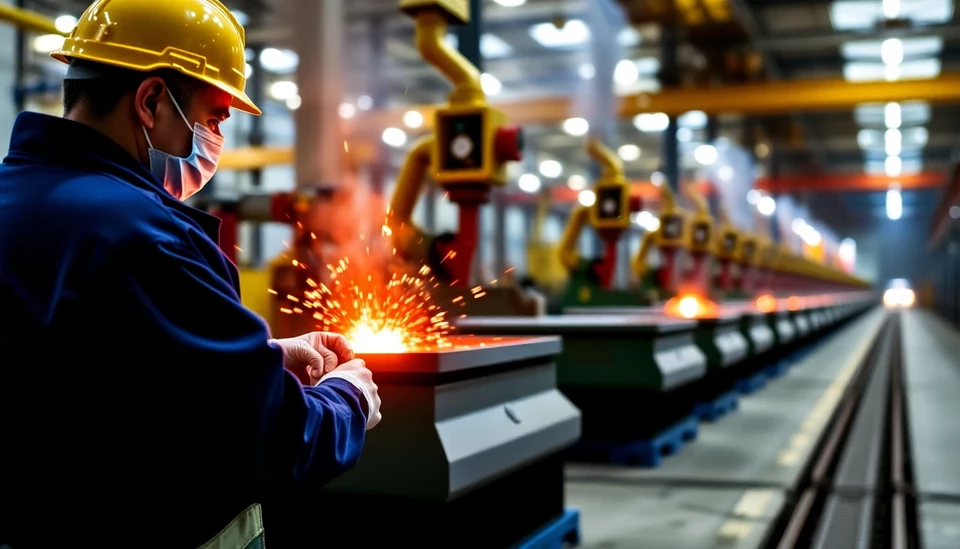
In a troubling trend for the European economy, industrial companies are reporting their highest levels of financial distress since the onset of the COVID-19 pandemic. This alarming finding suggests that many firms within the sector are grappling with persistent challenges, and the recovery has been far from uniform.
Recent analyses have shown a stark increase in the number of European industrial firms struggling with solvency and liquidity. A combination of rising energy costs, inflation, and reduced consumer demand has left many of these businesses in precarious positions. Specifically, sectors such as manufacturing, construction, and materials are particularly vulnerable, as they contend with soaring input costs while attempting to maintain competitive pricing amid a fluctuating market.
Experts cite the ongoing energy crisis, exacerbated by geopolitical tensions and supply chain disruptions, as a primary factor contributing to the increased distress. Many companies are forced to navigate the double-edged sword of heightened operational costs and subdued consumer spending power, leading to significant cash flow pressures.
Financial analysts have noted that the distress levels are not only reflective of short-term economic fluctuations but also signal potential longer-term structural challenges within the sector. A number of firms are now facing the grim reality of debt restructuring and bankruptcy proceedings as a means to salvage their operations.
Moreover, the tightening of credit conditions is adding another layer of difficulty for companies seeking to secure financing to weather these turbulent times. Banks and financial institutions appear increasingly cautious, making it harder for distressed firms to access the capital needed to support their recovery efforts. As a result, we may see a wave of consolidations, as stronger players look to acquire weaker firms, further shifting the landscape of Europe's industrial sector.
While some industry leaders predict a gradual recovery as global supply chains stabilize and consumer sentiment rebounds, others warn that immediate intervention may be necessary to avert a crisis deeper than what has already been witnessed. Stakeholders are calling for more robust governmental support and proactive measures to address the mounting risks facing the industrial sector.
In summary, as the European industrial landscape continues to struggle with unprecedented distress, the interplay of economic factors paints a concerning picture. Government intervention and support will be crucial in stabilizing this vital sector to ensure it can thrive in a post-pandemic era.
#EuropeanIndustries #FinancialDistress #EconomicChallenges #PostPandemicRecovery #EnergyCrisis #Manufacturing #BusinessNews
Author: Victoria Adams
